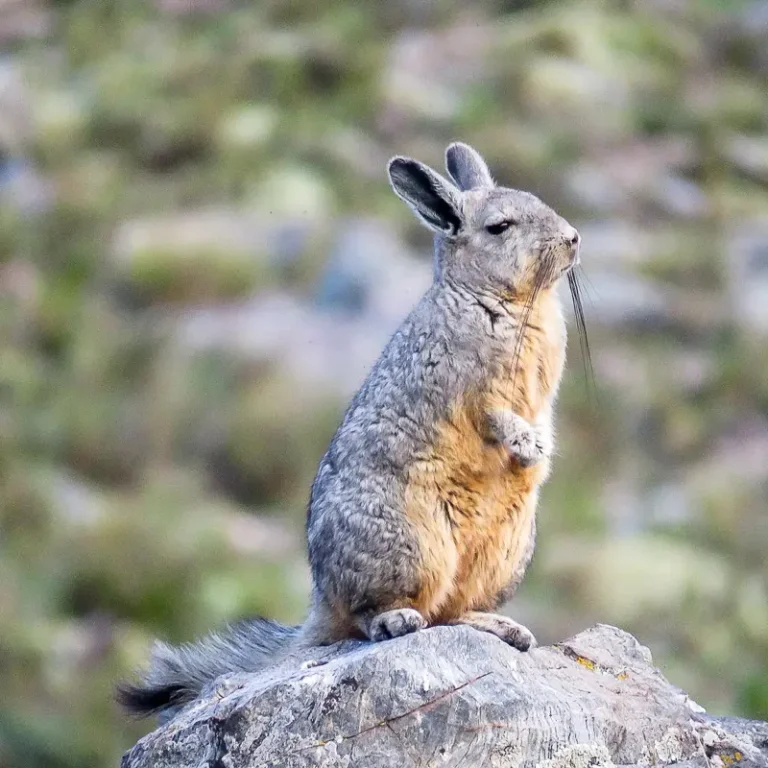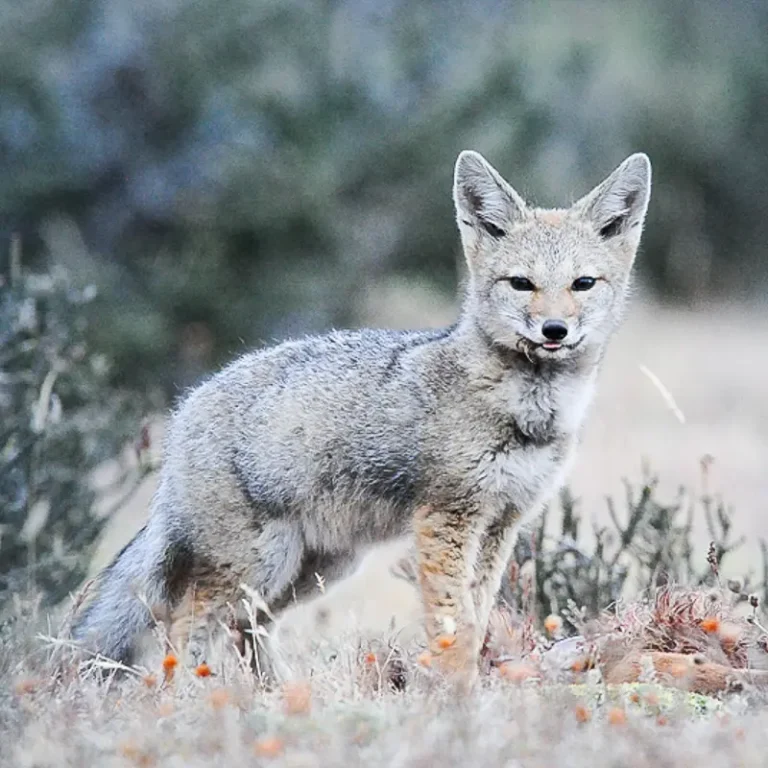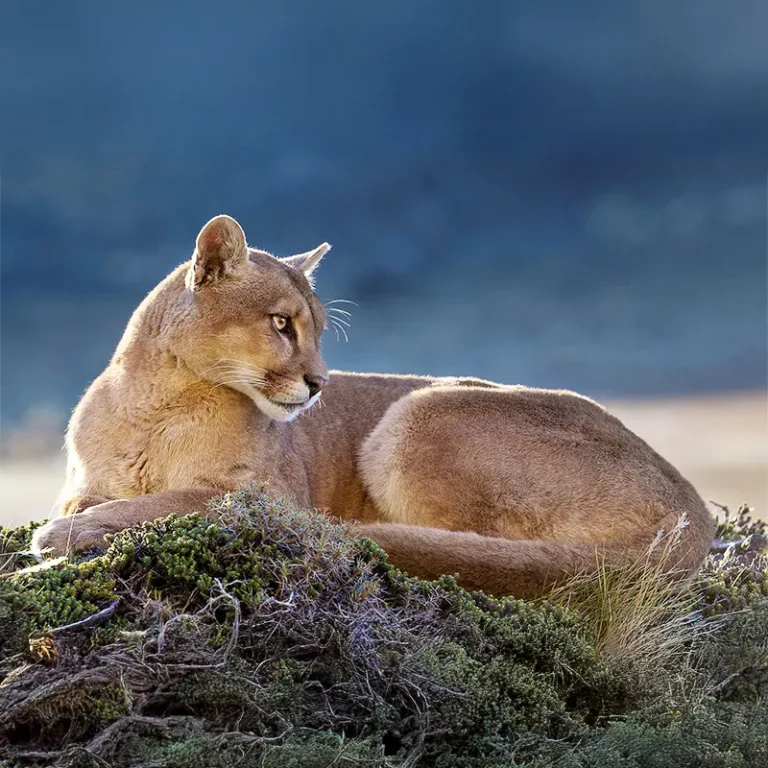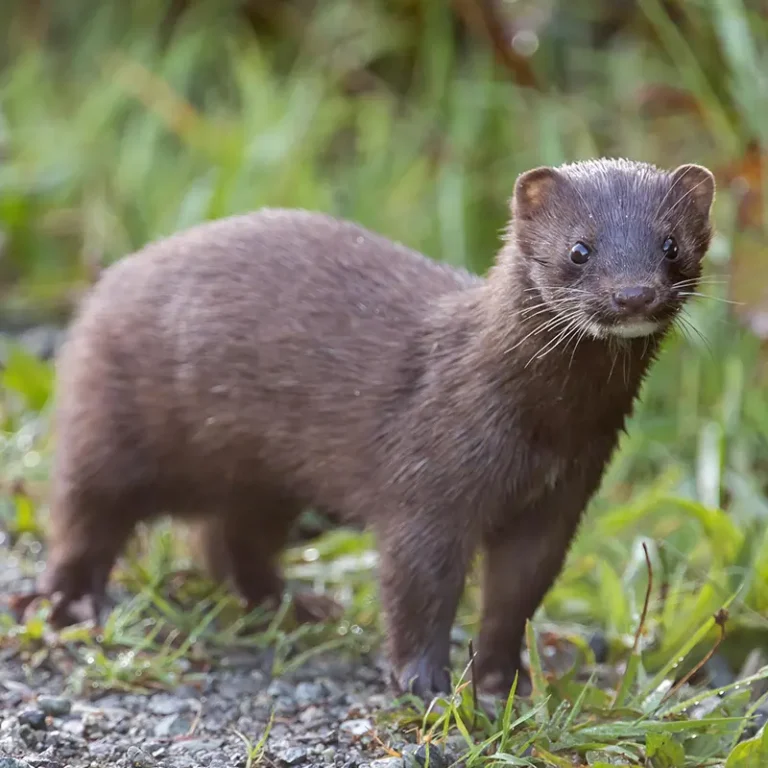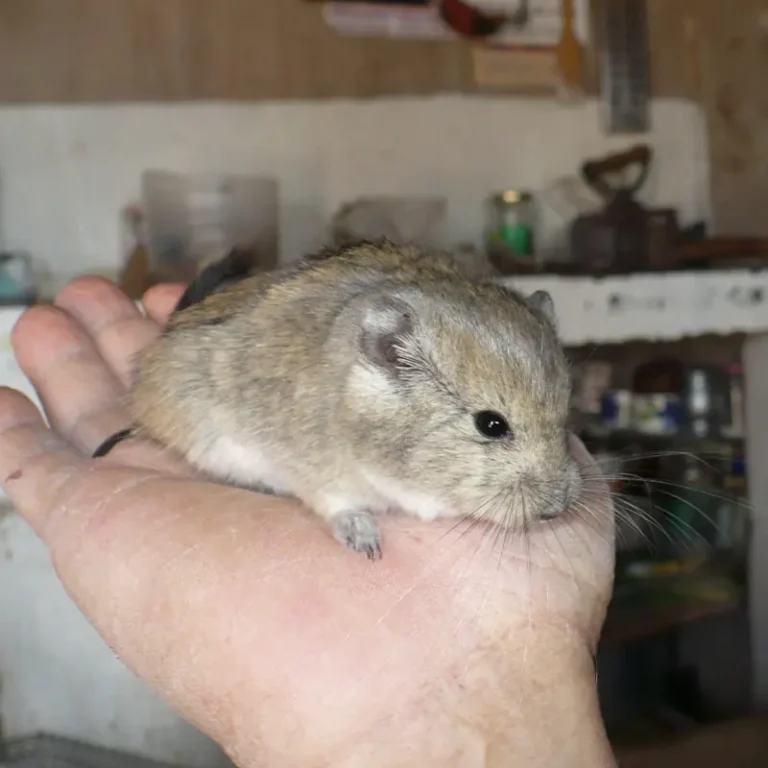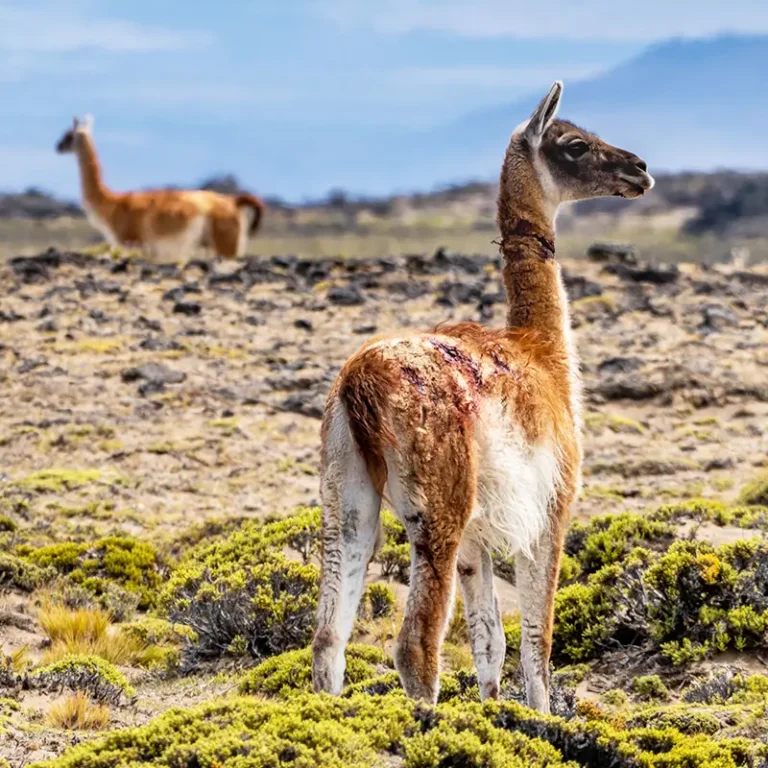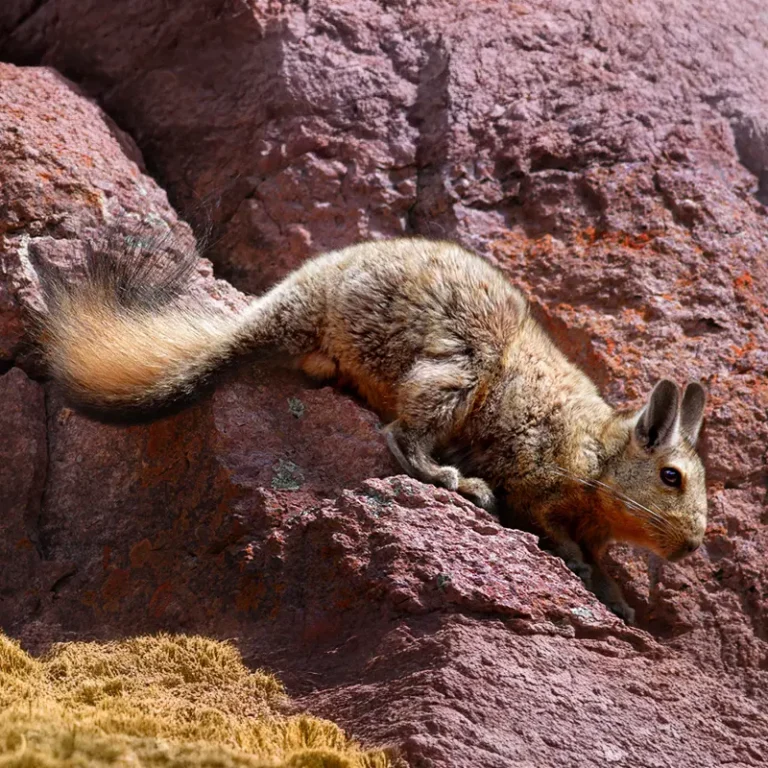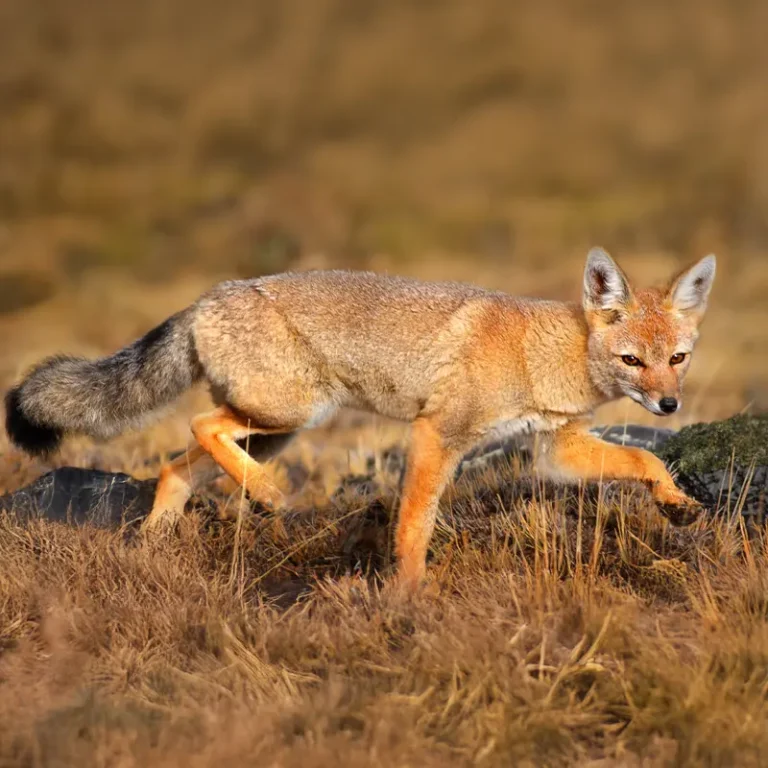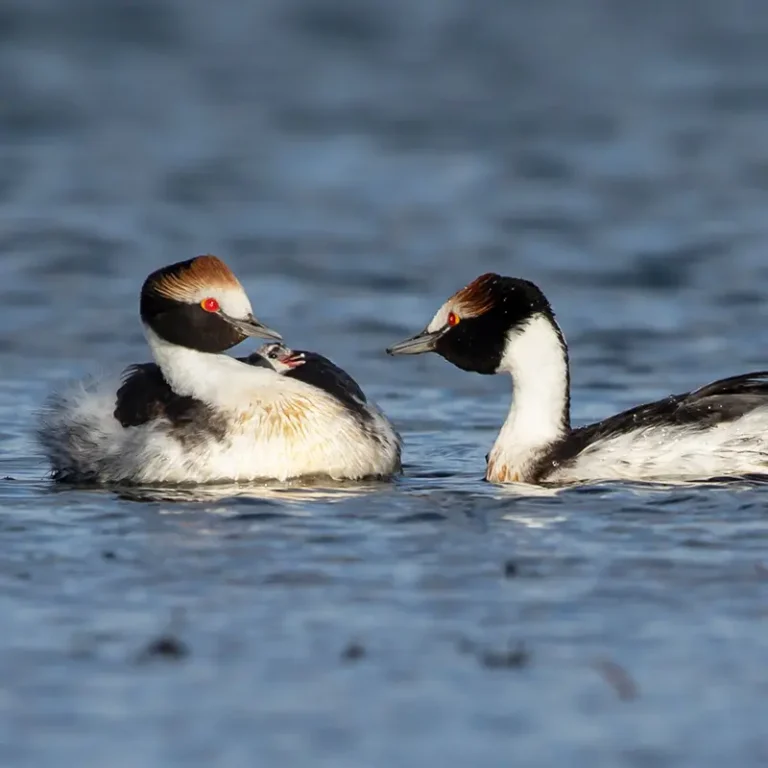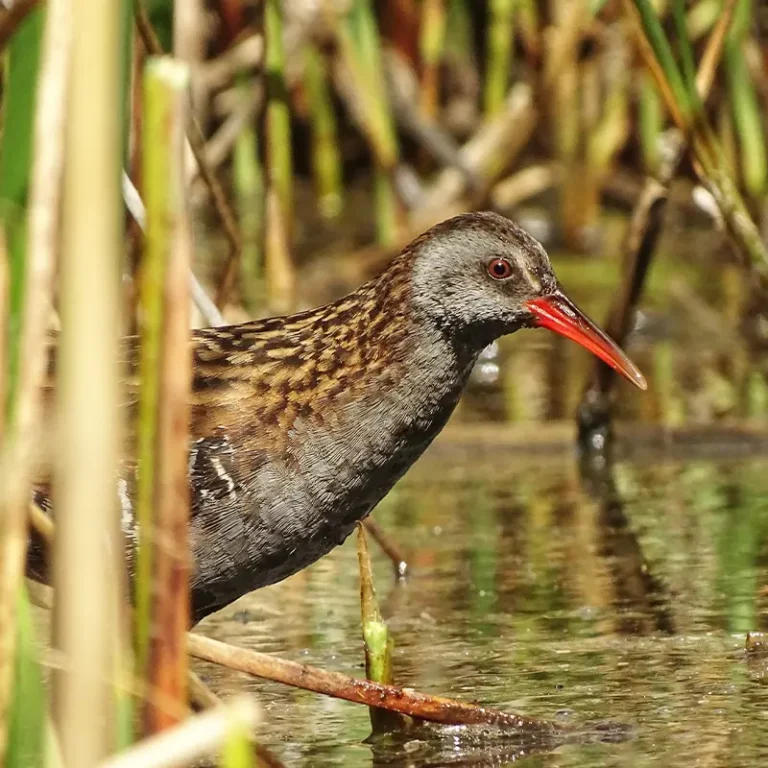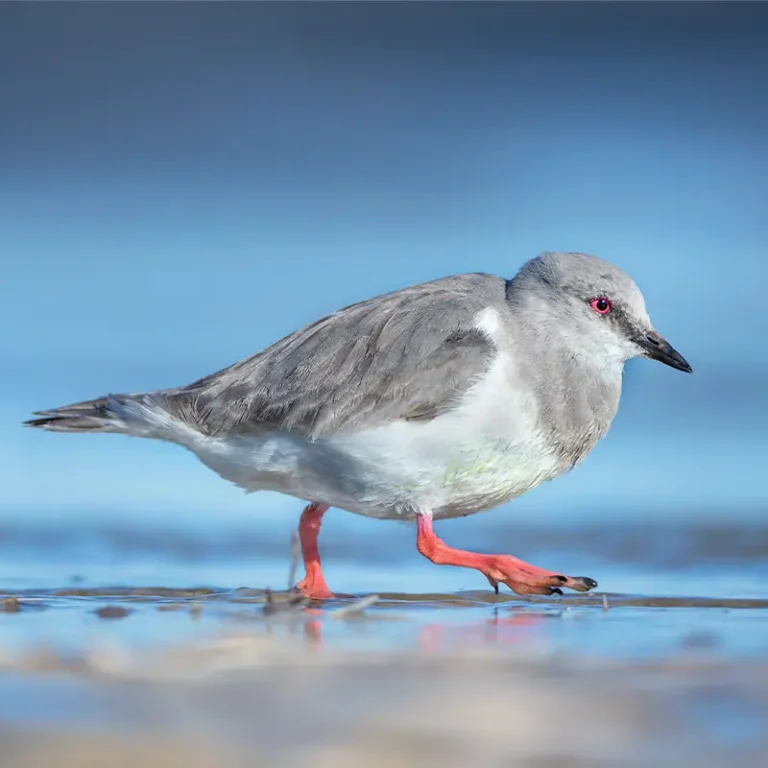Land Conservation Program
Context, objectives, and actions
The conservation of biodiversity ultimately depends on the conservation of the environments that sustain it. To achieve this, there are multiple possible strategies, but all share an indispensable condition: the preservation of the land where ecological processes occur. Land conservation involves developing effective forms of protection and management, which may include both the creation of protected natural areas—public or private—and the transformation of production models towards more sustainable schemes. At the Hooded Grebe Foundation, we firmly believe that these two approaches are not only compatible, but should be addressed in an articulated and complementary manner. It is not enough to conserve “from the fence inwards.” The mere existence of protected areas does not in itself guarantee the preservation of ecosystems, especially in territories where livestock and agricultural production are a central part of the socio-economic fabric. Therefore, it is essential to also work outside the formal boundaries, promoting a paradigm shift that allows coexistence between ranchers and biodiversity.
For us, conserving the land means building bridges between conservation and production, generating tools, alliances, and models that make a more just, resilient, and ecologically viable management of the territory possible.

